Choosing garden crops for their site, any gardener dreams of a well-kept and aesthetic and corner of nature, which will delight the eyes throughout the season. Someone is delighted with rather whimsical, but original hybrid species of roses, and someone does not require special astra's care. However, there are such cultures, putting that in their garden, it is possible to make it original, unusually bright and beautiful, without bothering with a special care for them. The brightest example of such plants is Iris Siberian, which is a favorite of most gardeners not only on the expanses of our country, but also on the entire continent and even beyond.
Features of Iris Siberian and his description
Iris Siberian refers to many years of plants and is able to bloom not one ten years. It is a family of Garden Irisov, successfully grown even in the north of Russia. Even under these conditions, this plant pleases regular blossoms and is distinguished by resistance to diseases. Iris Siberian, whose varieties are calculated by hundreds, may differ in the color and height of plantings, in the form of flowers and their size.
Bright, aesthetic, reliable, resistant to any weather and durable is the most accurate characteristics of the description of Iris Siberian. This plant needs minimal "care" and is able to survive even without it. Siberian iris plantings create spectacular landscapes and inspire a wide range of paints palettes: from gently blue and purple to violet and dark blue. There are also white, cream, dairy and even pink irises.
Very elegant and updated, suitable for decorating any garden, Siberian irises are striking the simplicity of the planting and care process. They are a unique find for group plantings, alpine slides and decorating coastal parts of water bodies.
The name "Iris Sibirsky" fully justifies: This plant courageously transfers cold winters, including without snow, can stand in the wind and heat, even if it has been planted in not too fertile soil. Family lovers with a characteristic aroma can disappoint no smell from Siberian irises. However, they are more than compensating for this lack of bright and abundant flowering.
Only a little care and attention - and every summer for 12-15 days Siberian Iris will delight you with spectacular, bright and lush flowers. Each color seal has about 7 flowers that bloom from 5-6 days. And even after the plant Iris Siberian fights away, it does not lose its aesthetics and can decorate your garden until autumn weather. But the beauty of beauty that creates irises can be extended: you only need to plant different varieties of this plant in your garden, which bloom in earlier or later dates.
Planting Iris Siberian: Technique and Secrets
Iris Siberian, the landing of which can be made not only in moderate climatic conditions, but also in northern latitudes, is considered a phenomenal culture, extremely resistant to the external environment. They are equally elegant and blooming very beautifully and in the south, and in the northern regions - where summer is rather short, and the winter is very harsh.
Correctly choose lighting
The only thing important for the landing of the Iris, regardless of the region, is the right light. Iris Siberian - a light-loving plant, so it is necessary to plant it in the open and most sunny part of the garden plot. However, if this culture is planted in the southern regions, it may suffer from too aggressive daily sunlight. It is better to choose such a place for Iris, where they can enjoy the light in the morning and in the evening, or plant them on a platform with multiple lighting. Even in the dense shadow, Iris Siberian will not die, but it is possible to enjoy his beautiful bloom, only by landing it on a light plot.
The worse the illumination of the garden platform, the later, and much less often will be pleased with their blooming Siberian flowers.
Soil for Iris Siberian
The landing of Iris Siberian is possible in any soil, and the presence of any unsuitable conditions can be easily compensated, slightly adjusting the leaving of the plant. Avoid only too poor or acidic soil. If the soil on your section is dry or wetlable - its characteristics can be improved correctly by fertilizer. The most magnificent flowering of iris occurs on a well-drained ground with a comfortable alkaline medium.
Although Iris is not a whimsical culture, planting it into the kidney, which is constantly imposed, is not worth it. The ideal option where you need to plant Siberian irises is:
- moderately alkaline medium with optimal content and moisture content;
- sublime terrain;
- the absence near land landing of trees and shrubs - sources of extra shadow with a powerful root system, which will coal the development of irises.
How to adjust the soil for the landing of the Iris?
- the swampy, adjacent moisture ground is needed permanent, high-quality drainage;
- with dry ground, the plant will need regular watering;
- poverty of sandy soil is compensated by the addition of organic fertilizers and clays;
- if the soil is too heavy or sour, you need to dilute it a little limestone or sand;
- the excess alkaline medium is adjusted to the peat.
Irises Siberian in nature themselves actively actively improve its qualitative characteristics and eliminating bacteria.
Instructions for landing Iris Siberian
- before planting colors, it is necessary to pre-move the soil and remove the roots of weeds from it;
- the optimal distance between the holes for the irises is from 50 cm to 1 m. Every year the Iris bushes grow up and become everything more magnificent, it must be taken into account when landing;
- immediately before the planting process, it is necessary to trim the roots and leaves of the plant by about 1/3;
- the roots of Siberian irises must be deepened into the ground, while the height of the well should be from 3 to 5 cm; Roots of the plant should not be launched;
- the hole with an in-depth in the ground, the seedliness is carefully covered with the earth, compacted, if necessary, is mulched peat, compost or grass, and watering.
As for the period, which will be more favorable for landing seedlings of the Siberian Iris, then it can be as early spring, before the period of active growth of plants and the autumn time will begin. The main thing is that the air temperature does not fall below 0 ° C. The period of the suggestion of the plant is long enough, so it is very undesirable to transplancing them every year: it is better to do this no more than once every 3 to 4 years.
Nuances of care for Iris Siberian
The care of the Siberian Iris is also important as the exact compliance with all the conditions for its proper landing. This plant will decorate the garden with gorgeous thick and bright flowering even with the minimum, modest care of it.
- Watering: its importance even for such an unpretentious flower as Iris Siberian, indisputable. It is important to control the acidity of water that is used for irrigation. In acidity above 7 units, water significantly affects the overall acidity indicator of the entire soil. Therefore, before watering plants with water, it is better to sprinkle their foot with a solution of sulfur or iron sulfate in a low concentration. Although the flower of the Siberian Iris has a wet soil, it's not worth it for him from day to day.
A good reception to care for "Siberians" will be the mulching of the soil of fresh grass or cheese: such a move slow down the appearance of weeds on the site. The best time for watering is an early morning or evening when the sun's rays are not so persistent.
IMPORTANT: Watering Siberian irises, do not allow water jets to fall on the flowers themselves: it is fraught with the loss of them with a decorative species.
- The fertilizer of the soil: it is very important to produce, and the ideal number of feeding for this type of plant is 3 times a year. The first time to make nutrients need to be early in spring (use only mineral fertilizers). The treatment of the plant insecticides, which have the property of preventing the appearance of pests is very important. For example, it is necessary to feather the flowers directly in front of them: it will directly affect the number and pomp flowers in each bush. For these purposes, both mineral fertilizers and manure are suitable.
After the irises completely blew them, they are feeding them again with fertilizers saturated with potassium and phosphorus with the smallest nitrogen content. - Pruning: necessary to extend the life of the Siberian Iris and the speedy penetration of young sprouts. It is necessary to arrange it at the very end of autumn, as the plant leaves are too early circumcision is fraught with a meager blossom in the future. Cutting can be carried out early in spring, but before that young leaves will appear. All leaves must be cropped at 10-15 cm from the ground. Over time, the rhizome of the Iris can show on the surface of the soil: this can be avoided, in advance of the ground to its very reason.
Division of Siberian Irisov and their transplantation
The optimal method of reproduction of irises is the division of the bush. When it is better to produce this procedure - depends on the weather in the region and climatic conditions. In the northern regions, the transplant of Irisov is produced in early spring, immediately after snow comes. In moderate latitudes for the separation of irises optimal is the period that comes 1-1.5 months after their flowering. The transplant of Irisov can be carried out, starting from August and up to mid-October.
Before splitting the rhizome, the stalks and leaves of the iris need to be cut to 2/3: this technique will significantly reduce the evaporation of moisture and will help the plant for a shorter time to adapt on a new site. Next, dig a bush with the preservation of abundantly excavated coma. We divide the rhizome so that on each of the separated slices of the root remained 1-2 sprouts. "Operation" needs to be carried out a clean knife or special garden tool. Cuts are treated with charcoal in order to avoid their infection and die for 1-2 hours.
Separated parts of the roots need to land in advance prepared, not too deep wells, which are sprinkled by the earth and are slightly compacted.
Important: Soil for new plants should always be slightly moistage. Therefore, first time it is important to water the Iris Siberian gradually, but every day.
In the reproduction of this plant there is one problem: the seeds of Iris Siberian binds extremely quickly and, if you put it on a sideline, begin to "self-plan." And if for a plurality of garden plants is a positive moment, then the irises that have grown out of seeds are not distinguished by the special decorativeness and puff of flowering. In such plants that have grown "by themselves" with difficulty, you can find out the original variety. That is why the Iris varieties do not multiply seeds: only in vegetative way. In order for the Iris Siberian to be "degenerated" before the deadline, the bags with seeds from these plants should be removed in a timely manner during the care of them.
Iris Sibirsky is one of the most persistent and perennial representatives of their family. Even for decades, he does not lose its aesthetic and decorativeness, do not require frequent transfers and rejuvenation.
And finally, we suggest you admire the numerous varieties of Iris Siberian, whose photos are presented below:
Double Standard (Double Standard)
Rigamarole (Rigamarole);
Rose Quest (Roze Quest);
Imperial Opal Opal;
Butter And Sugar (Butter and Sugar);
— CONTRAST IN STYLES;
Lady Vanessa (Lady Vanessa);
Ruffld Velvet (Ruffled Velvet)


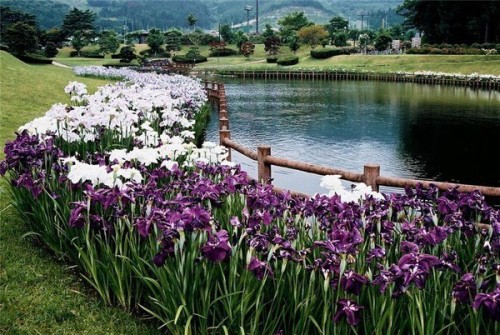
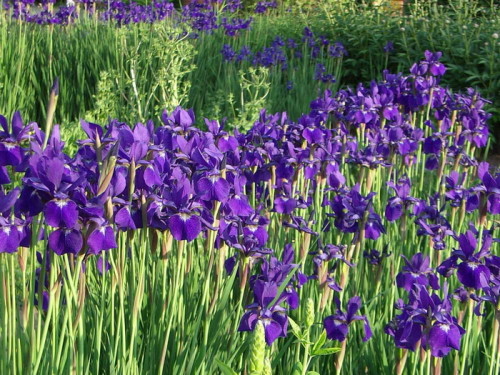

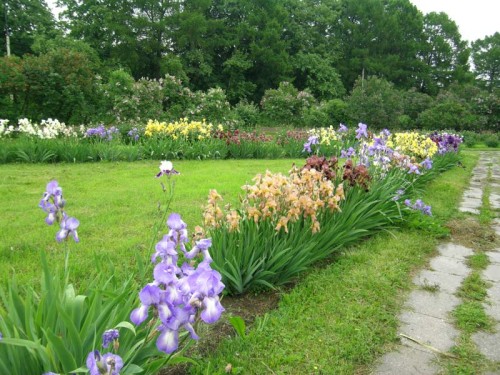
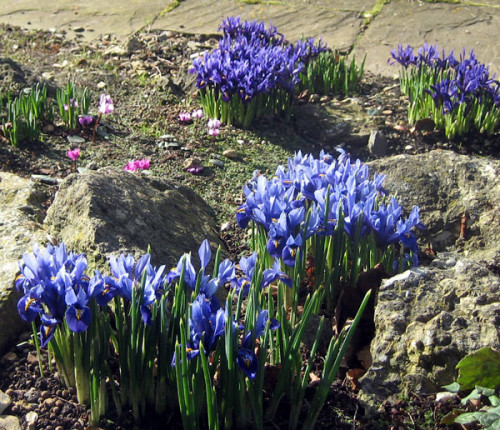
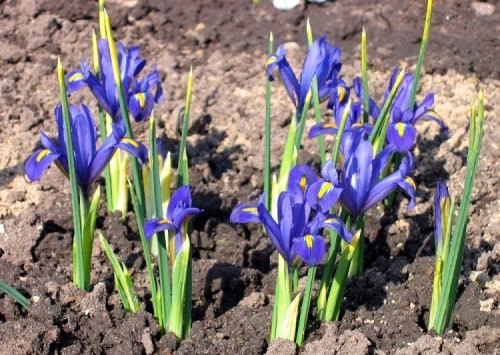
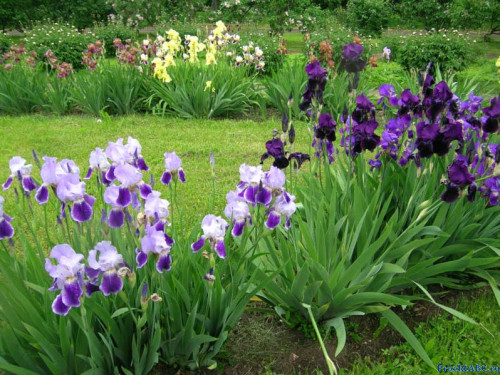
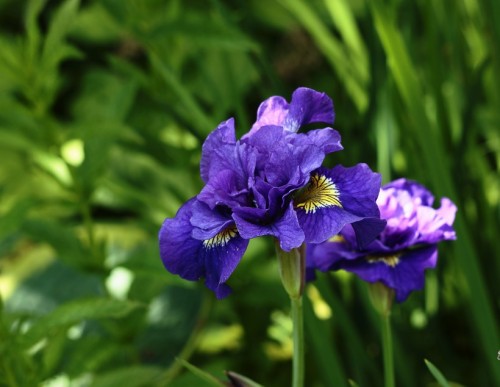
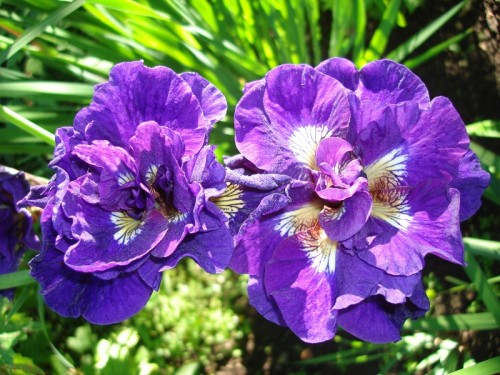
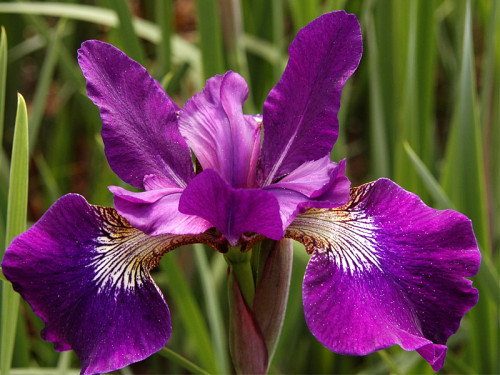
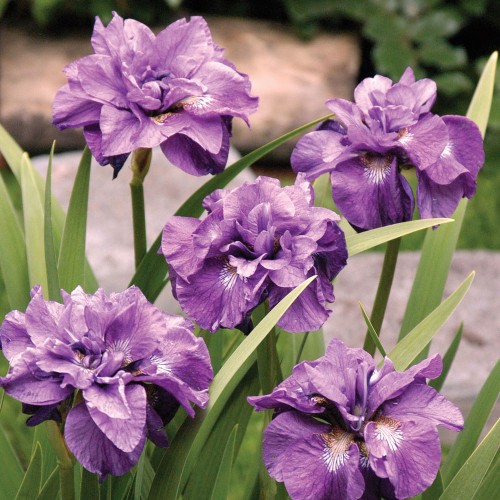
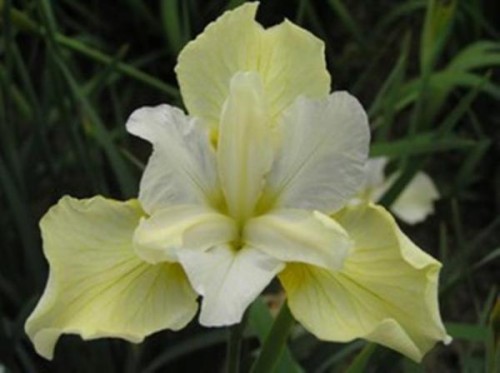
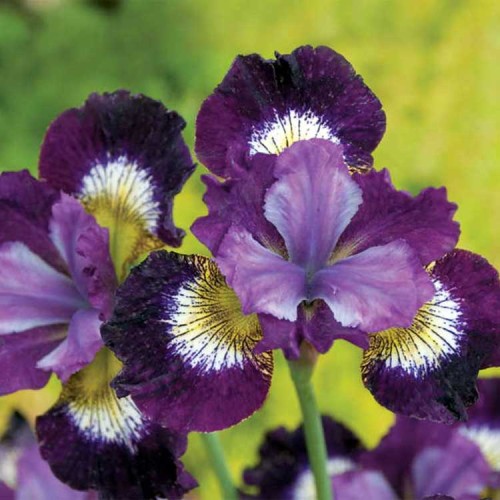
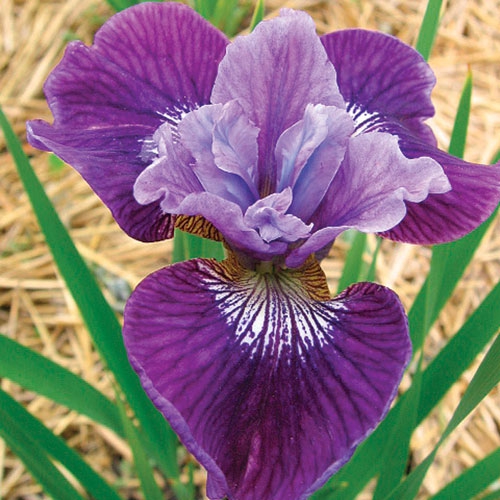
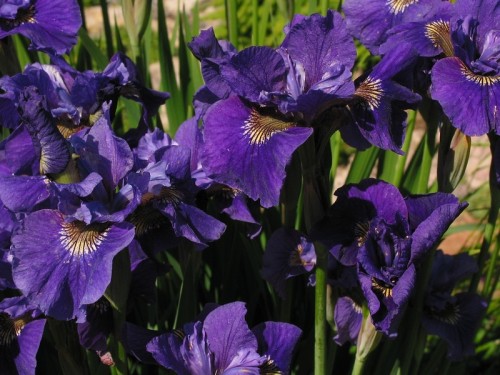












 Start a discussion ...
Start a discussion ...